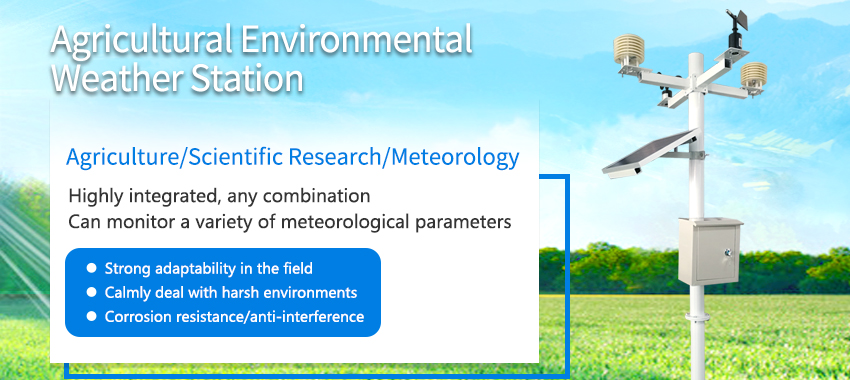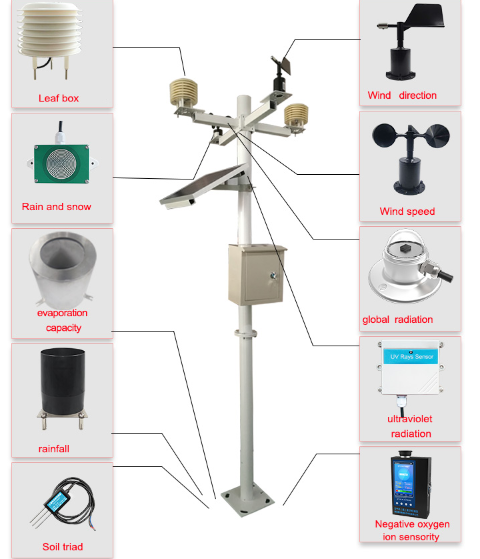Learn about Automatic Weather Station
Automatic weather station are critical tools for monitoring weather conditions in diverse settings, including aviation, agriculture, and meteorology. These stations provide real-time data on temperature, humidity, wind speed, and precipitation, enabling accurate weather forecasting, climate monitoring. This essay explores the significance of automatic weather stations in modern weather monitoring, their applications and the implications for climate research.

Applications of Automatic Weather Station
Applications in Aviation and Transportation
Automatic weather stations are essential for aviation and transportation, providing real-time information on weather affecting flight operations and sea navigation. These stations enable air traffic controllers to monitor weather patterns, predict potential hazards and alert pilots in time. With accurate and reliable weather data, automatic weather stations contribute to the safety of aviation and transportation operations, minimizing accidents and risks.

Agricultural Applications
In addition to aviation and transportation, automatic weather stations are instrumental in agriculture, providing critical information on weather conditions and soil moisture levels that impact crop growth and yield. These stations enable farmers and agricultural professionals to monitor weather patterns, predict rainfall, and optimize irrigation and fertilization practices. By providing real-time data, automated weather stations help make informed decisions and support sustainable agricultural practices.
Climate Research and Environmental Sustainability
Automatic weather stations provide weather patterns, climate trends and play a key role in climate research and environmental sustainability. These stations promote research on climate change and its effects on ecosystems and human health. In addition, data collected from automatic weather stations can support disaster preparedness and relief, contributing to the conservation of natural resources.

Technological Advancements
Sensor technology and wireless connectivity are driving the development of automated weather stations. Modern automatic weather stations with advanced sensors, data loggers and wireless communications can collect and transmit data in real time. In addition, automatic weather stations and cloud platforms facilitate data visualization and trend analysis.
Challenges and Opportunities
While automatic weather stations offer significant advantages, challenges related to sensor calibration, data quality, and maintenance requirements persist. Ensuring the accuracy and reliability of automatic weather station readings necessitates regular calibration, quality assurance, and adherence to manufacturer specifications. In addition, addressing data quality issues provides opportunities for sensor innovation; Thus, to improve the accuracy and reliability of data. In addition, the standards used by automatic weather stations provide an opportunity to improve weather monitoring plans.
Conclusion
In conclusion, automatic weather stations are essential for weather monitoring in diverse industries, contributing to the safety, efficiency, and sustainability of aviation, transportation, agriculture, and climate research. These devices provide critical information on weather patterns, enabling informed decision-making and risk management. As technology continues to advance, the integration of automatic weather stations with data analytics and remote monitoring capabilities holds promise for further enhancing their role in weather monitoring and environmental stewardship.
